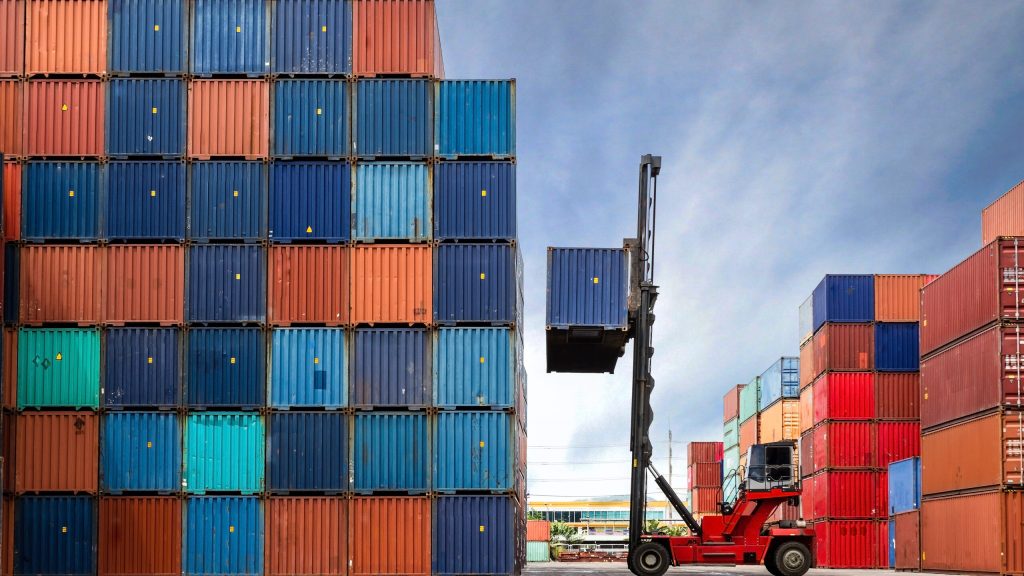CDN, U.S., Dollars Momentarily At Parity Before Loonie Slips Back Below Buck
Posted April 6, 2010 10:09 am.
This article is more than 5 years old.
Canada’s solid economic fundamentals amid global uncertainty helped push the loonie to parity Tuesday, taking it slightly above US$1 in early morning trading.
Although the loonie kept straddling parity most of the morning – it reached as high as 100.12 cents US in morning trading – analysts say Canadians should get used to seeing their currency at these levels for some time.
“Canada is the new Switzerland of stability, but with domestic assets the world wants,” said Derek Holt, vice-president of economics with Scotia Capital.
Holt said Canada’s strong fiscal position, sound banks, improving economy and wealth of natural resources make the currency an attractive buy.
The last time the dollar rose above parity, in the fall of 2007, it hovered at that level until July 2008 before becoming a victim of global financial crisis and losing 30 per cent of its value in the slide that followed.
It will be different this time, said Bank of Montreal deputy chief economist Douglas Porter, with the duration measured in years rather than months.
“We have the dollar trading next year between US$1 and US$1.05,” he said.
There will also be a difference in how Canadians and the economy react to the new reality, according to economists. In an analysis for clients, Scotia Capital economists Holt and Karen Cordes Woods said parity won’t cause the disruptions many predicted in 2007 when the loonie peaked at US$1.10.
They argue that the lag effects of currency movements are “notoriously long,” adding that much of the economic adjustment has already occurred and that financial hedges and cross-border supply chains further dampen the impacts.
Consumers aren’t likely to see deep discounts of prices, either.
When the dollar reached parity three years ago, Porter published a comparison of prices between Canada and the U.S. that showed Canadians were paying more than 20 per cent more for the same basket of goods.
It took a while, as well as political pressure from Finance Minister Jim Flaherty, but that gap had closed to seven per cent by last summer. Since the loonie has appreciated about eight per cent in the meantime, Porter said he believes the gap has likely widened again to about 15 per cent.
Canadians will see an almost immediate adjustment in prices on certain consumer goods, such as gasoline and fresh fruit, but others will take months, he said.
“Other things like cars, it’s lumpy (because) prices are set once, maybe twice a year,” he said. Books are also notoriously slow to adjust.
Although the loonie reaching par makes news, Porter noted that the currency has been hovering above 95 cents US over the past two quarters, so any price effects will be relatively small.










